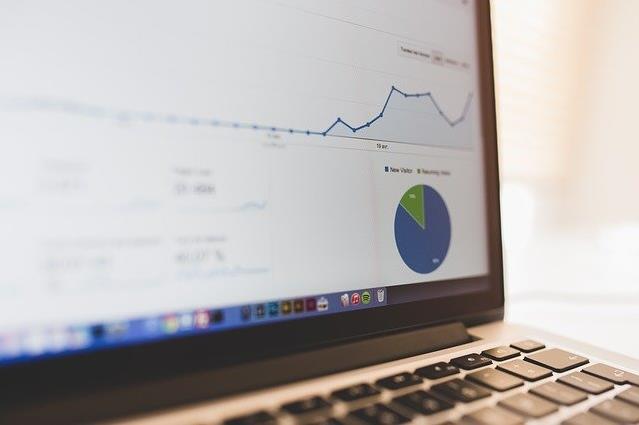Factors that can badly affect your conversion rate
The task of putting together your online sales process can be a complicated one. If your process consists merely of an advert leading straight to a sales page then yes, you’ve opted for the simplest strategy possible, but at the same time, you could be getting a very poor return on your advertising spend.
Once you’ve paid for that click, employing a few simple techniques can optimise your results and boost your ROI. These techniques are low or no-cost options, and the actual set-up shouldn’t take too long. Making tweaks and testing new ideas over time can add to your schedule, but when you see the results, the chances are you’ll consider it time well spent.
What is your current conversion rate?
This is one of the key statistics about your business and defines, in part, how much money you make. There are various formulas to work this out, but several websites have a ‘how to work out conversion rate’ calculator as a free tool.
The answer you get should be a percentage, the number of visitors who started a process vs. the amount that converted into a sale. As you are most likely paying for those visitors, you’ll want to have the highest conversion rate possible.
Before we begin though, you’ll never get a 100% conversion rate over the long run. There are always those that click out of curiosity, or competitors keen to take a look at how you do things.
Here are two factors that help define your conversion rate. They are by no means the only factors, but they make a good starting point and should not make too much of a dent in your budget.
Your relationship with the customer
The best business is return business. A previously satisfied customer is more likely to make another purchase next time they visit, even if it is different from the one they bought last time or more expensive. Because you have a good relationship with the customer the decision for them to buy is an easy one.
This is also true for those that haven’t bought before but have got to learn more about your product or customer service from the information they have received as being on your email list or as a social media subscriber.
How easy your website is to use
For those coming in ‘cold’ however, it is all about that first impression. Research has shown that you only have 15 seconds to get it right, or your visitor is gone and that click you paid for is wasted. The trick here is to have whatever they clicked through to see right in front of them on the screen.
If the visitor was clicking through to find out more (and potentially buy) a certain model of TV, don’t have that click send them to the homepage of your electrical website. Instead, take them straight to the page with the TV on, preferably using the same image as they saw on the advert so they know 100% that they are in the right place.
Related Posts
As the world of eCommerce continues to evolve, businesses are constantly seeking ways to stand out in the digital landscape. According to a report by Statista, it is predicted that global online sales will reach an impressive mark of $6.5 billion by 2023.
In the era of high-speed internet, owning a server with a 10Gbps connection offers an unparalleled advantage in terms of data transfer speed, website performance, and user experience.
To make your business successful in the modern age, you need to excel at digital marketing and have a strategy that can allow you to beat out the competition.
In the ever-evolving landscape of digital marketing, link building remains a cornerstone of search engine optimization (SEO).
In today's age, establishing an online brand presence is crucial for success. With the vast reach and accessibility of the internet, launching your brand online can open up endless opportunities for growth and expansion.
Ecommerce marketing relies heavily on understanding consumer behavior and psychology to drive engagement, conversions, and loyalty.













Comments
comments powered by Disqus